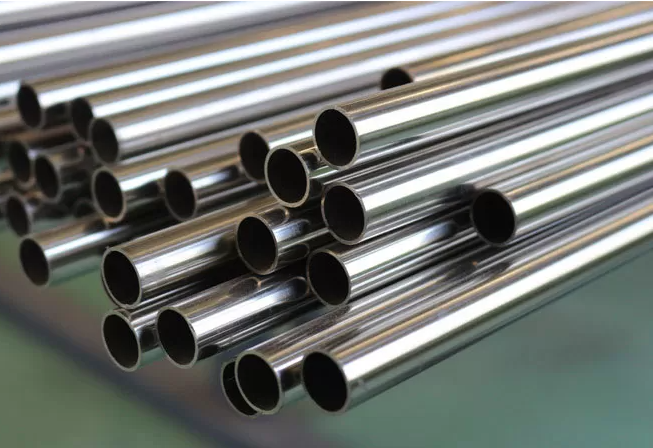1. Choose the right material:
Ultra-low carbon stainless steel: This is one of the most commonly used and effective methods. Reduce the carbon content to below 0.03% (the grade suffix is usually "L", such as 304L, 316L). The extremely low carbon content greatly reduces the possibility of chromium carbide formation. Even if it stays in the sensitization temperature range, the precipitation amount is very small, not enough to cause serious chromium-poor areas.

2. Stabilized stainless steel: Add strong carbide-forming elements (mainly titanium or niobium) that are easier to combine with carbon than chromium to steel. These elements preferentially form stable carbides (such as TiC, NbC), thereby "stabilizing" carbon and preventing carbon from combining with chromium to form Cr23C6 and precipitating at the grain boundary. Common grades are 321 (containing titanium) and 347 (containing niobium + tantalum).
3. Perform appropriate heat treatment:
1) Solution treatment: Heat the steel to a sufficiently high temperature (usually 1040-1150°C) to fully dissolve all carbides into the austenite matrix, and then cool it quickly (usually water quenching). This will obtain a supersaturated solid solution with uniform distribution of carbon and alloying elements. This is an effective way to eliminate sensitization that may occur during processing or welding.
2) Stabilization annealing: Specifically for stabilized steels containing titanium or niobium (such as 321, 347). Heat the steel to a range higher than the dissolution temperature of chromium carbide but lower than the dissolution temperature of titanium carbide/niobium (usually 850-900°C), keep it warm for a sufficient time (usually 2-4 hours), and then cool it.
4. Strictly control the welding process:
Welding is one of the most common causes of intergranular corrosion because the heat-affected zone will inevitably experience a sensitization temperature range.
Select low-carbon or stabilized welding materials: The carbon content of welding materials (welding rods, welding wires) should be lower than that of the parent material or stabilized types (such as 347 welding materials) should be selected to reduce the risk of chromium carbide precipitation in the weld itself and the heat-affected zone.
Control heat input: Use smaller welding heat input (lower current, faster welding speed) to reduce the residence time of the heat-affected zone in the sensitization temperature range and inhibit the precipitation and growth of carbides.
Accelerate cooling speed: Where feasible (note that it may cause cracking risks), use water-cooled copper pads, compressed air cooling and other methods to accelerate the cooling speed of the weld and the heat-affected zone and shorten the residence time in the sensitization temperature range.
Control interlayer temperature in multi-pass welding: When multi-pass welding is required for thick plates, strictly control the interlayer temperature (usually below 150°C) to prevent the heat-affected zone formed by the previous weld from entering the sensitization temperature range again in the subsequent weld thermal cycle.
Post-weld heat treatment: In strict occasions, overall solid solution treatment (high cost, possible deformation) or local solid solution treatment is performed after welding. For stabilized steel grades, post-weld stabilization annealing can be performed.
Optimization design method:
1) Avoid gaps and dead zones: Minimize gaps, dead corners, retention areas, etc. during design. These places are prone to accumulate corrosive media and aggravate local corrosion (including intergranular corrosion).
2) Consider the medium environment: Understand the specific corrosiveness of the service environment (such as temperature, pH value, oxidizing ion concentration, etc.), and select a material grade that is more resistant to corrosion in this environment (such as high-molybdenum stainless steel 316L is better than 304L in a chloride ion environment).
3) Cathodic protection: In specific environments (such as seawater), cathodic protection can be considered for equipment to inhibit its anodic dissolution (including intergranular corrosion) by reducing the potential of the material. But this is usually used as an auxiliary means.
4) Use corrosion inhibitors: In a closed or controllable system, adding appropriate corrosion inhibitors to the corrosive medium can slow down the corrosion process, including intergranular corrosion. It needs to be selected according to the specific medium.

